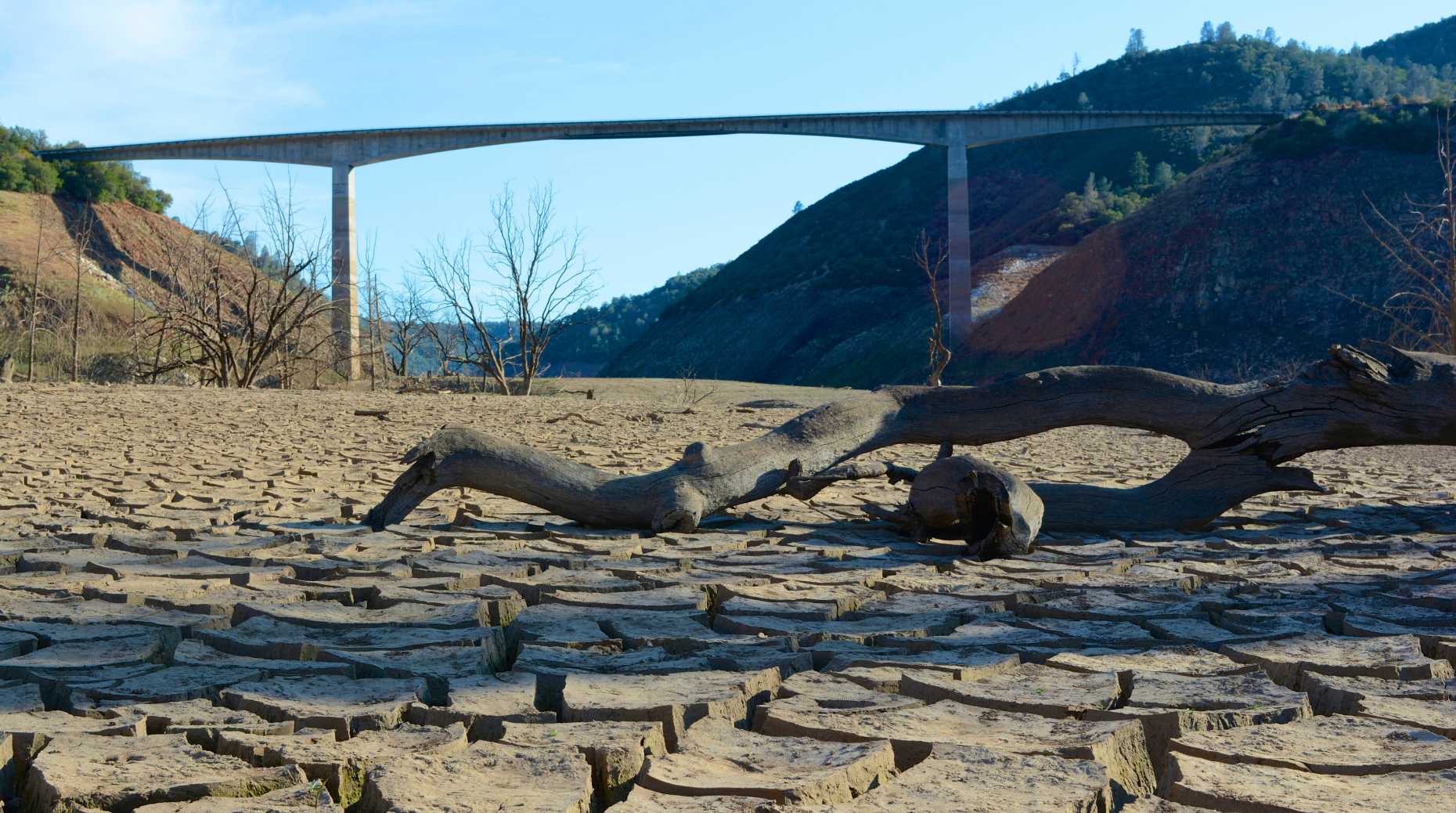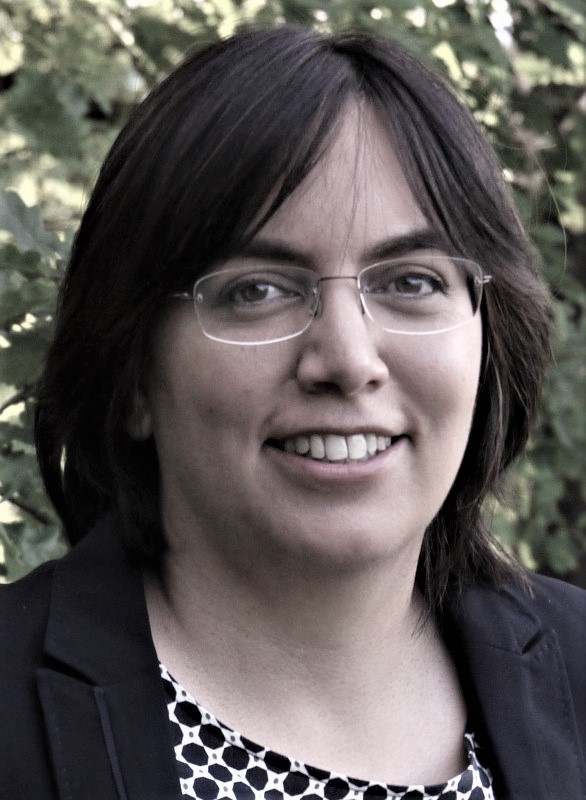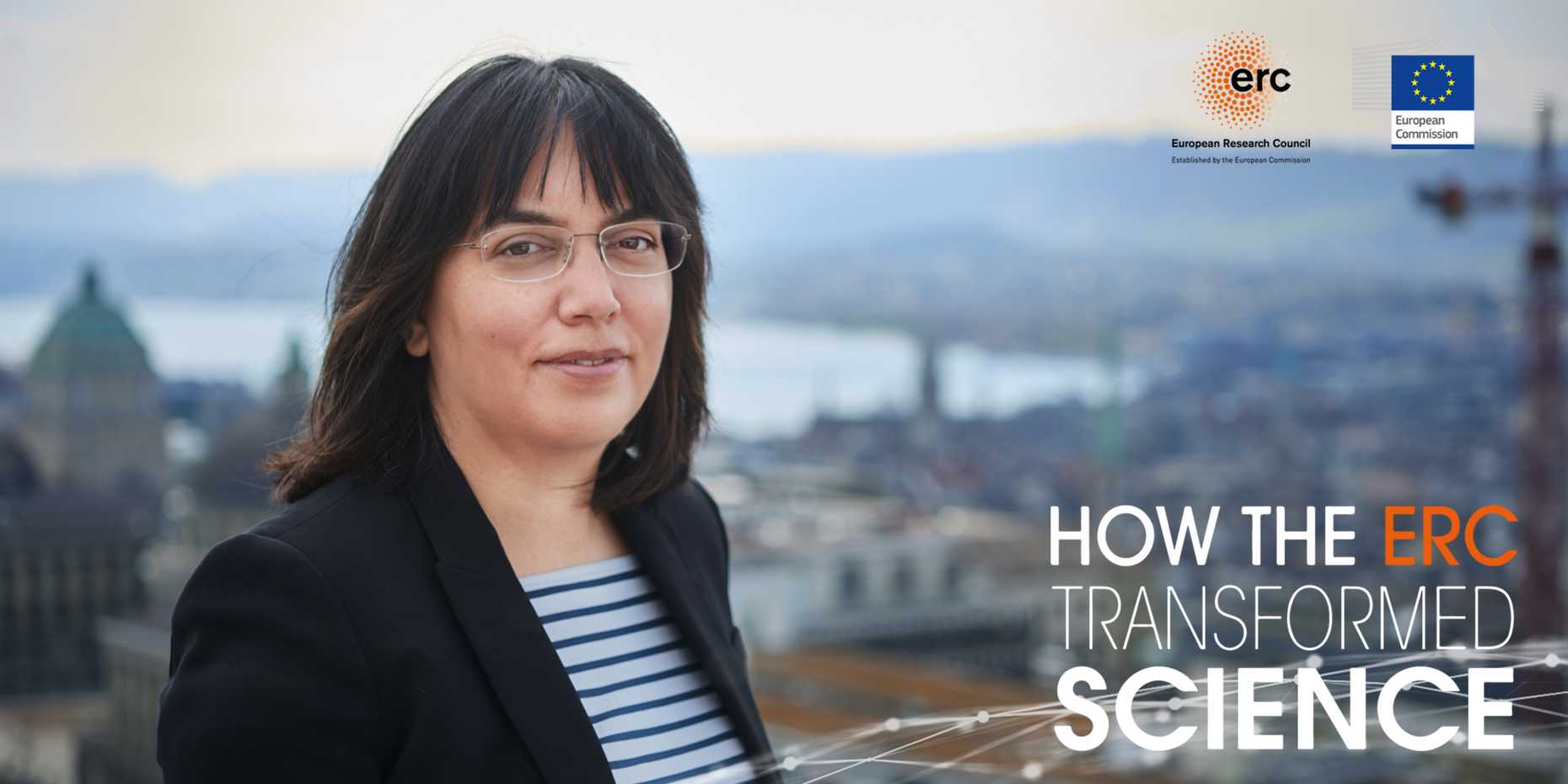Tracking extreme heat to improve climate change forecasts
- D-USYS
- Institute for Atmospheric and Climate Science
Plants evaporate less in dry conditions, which can lead to a warming of the air. Sonia Seneviratne has quantified this phenomenon. Her findings could transform climate modelling.
Climate modelling is used by scientists to identify sustainable pathways towards achieving reductions in carbon emissions. The accuracy of these models is critical to the development of successful climate mitigation strategies, and therefore to the very future of our planet. "If we are to meet our carbon emission reduction obligations under the Paris Agreement, then we have to be very careful in following pathways that are resilient", explains Sonia Seneviratne, Professor of Land-Climate Dynamics at ETH Zürich, Switzerland.
Seneviratne, who has spent her career studying droughts and heatwaves, was concerned that extreme weather events such as these were not being fully taken into consideration in mitigation scenarios. A ERC grant enabled her to focus on better understanding land-climate dynamics in the context of climate change.
Extreme climate scenarios could lead to far more warming than what has actually been projectedSonia Seneviratne, Professor of Land-Climate Dynamics at ETH Zürich
Extreme climate impacts
Seneviratne began by collecting data from satellites and ground observations. From this, she was able to develop a set of metrics to assess the relationship between different variables. For example, how do heat waves affect water in the soil, and in turn, how do droughts affect heat waves? "Evaporation on land is a strong component of the water cycle", she explains. "This process is affected by vegetation, as plants are the medium through which this evaporation mostly takes place."
Seneviratne found that because plants evaporate less during droughts and heatwaves, this can contribute to further warming of the air. "In very dry climates, you don’t have this cooling mechanism", she explains. "This further contributes to very high temperatures in regions that dry out as a result of climate change."
Drought can also impact the global level of carbon dioxide (CO2) in the air, according to Seneviratne’s research. To reach this conclusion, together with her team she calculated water storage on continents around the world – mainly in the form of soil moisture – using measurements from satellites. The researchers compared this data with global-scale measurements of changes in the amount of CO2 in the air, and discovered a correlation. In drier years, they found that there was much more CO2 in the air. This suggests that carbon sinks on land are much less efficient when an extensive fraction of the land area is affected by droughts, an issue that was found to be underestimated in current models. "Extreme climate scenarios could lead to far more warming than what has actually been projected", she says.
Taken together, the metrics that Seneviratne’s team developed form a diagnostic atlas that can be used to validate existing climate models. This work also has implications for land management, another important consideration in low-emission scenarios.

Finding solutions quickly
Resilient pathways often include increased use of biofuels and reforestation, for example. But as Seneviratne’s research has shown, extreme climate conditions can significantly impact vegetation. Droughts and heatwaves could therefore mean that crops and forests cannot grow, or that their contribution to capturing CO2 is reduced. "What we found was that these variable relationships between global warming and extremes in climate models could be fairly easily represented with linear models and a variability emulator", she says. "So as a spin-off of my main research we developed a climate model emulator, to represent these simple relationships in a way that doesn’t use a lot of computer power."
This emulator could have a major impact on climate change modelling. As Seneviratne points out, climate modeling experiments, which inform reports from the Intergovernmental Panel on Climate Change, can take years to produce. When it comes to tackling climate change, time is not on our side. "What this emulator gives you is an initial assessment of how extremes might evolve on a regional scale under a particular emissions pathway", she says. "This can be delivered in a matter of days. It won’t be perfect, as there are a lot of uncertainties, but it can give scientists an idea of the plausibility of an emission pathway."
The climate change clock is ticking and time is of the essence. Seneviratne’s ERC-funded research could play an important role in bringing us all safely to the goals set out in the Paris Agreement.
external page This article has originally been written by the ERC. Until now, 10.000 scientists have received funding from the European Research Council (ERC). To mark this occasion, the ERC has organised an external page online celebration.
About the researcher

Sonia Seneviratne is a professor at the Institute for Atmospheric and Climate Science (IAC) of ETH Zürich. After completing her PhD in climate science at ETH Zürich in 2003, Seneviratne was a visiting researcher at the NASA/Goddard Space Flight Center in Maryland, USA. After returning to Zürich, she was appointed Assistant Professor in 2007, Associate Professor in 2013, and Professor in 2016. Seneviratne received an ERC Consolidator Grant in 2013 and an ERC Proof of Concept Grant in 2020.
